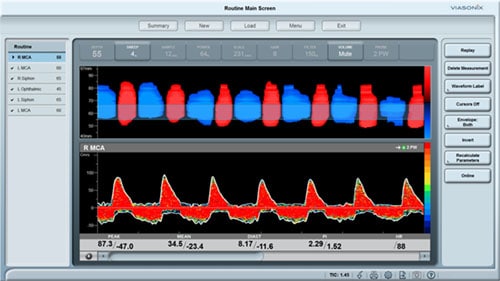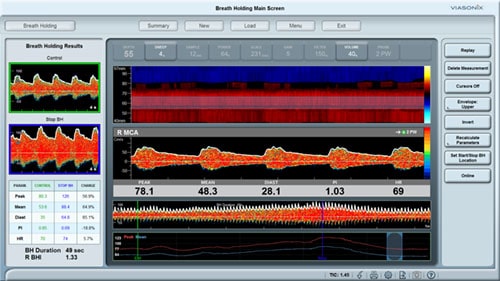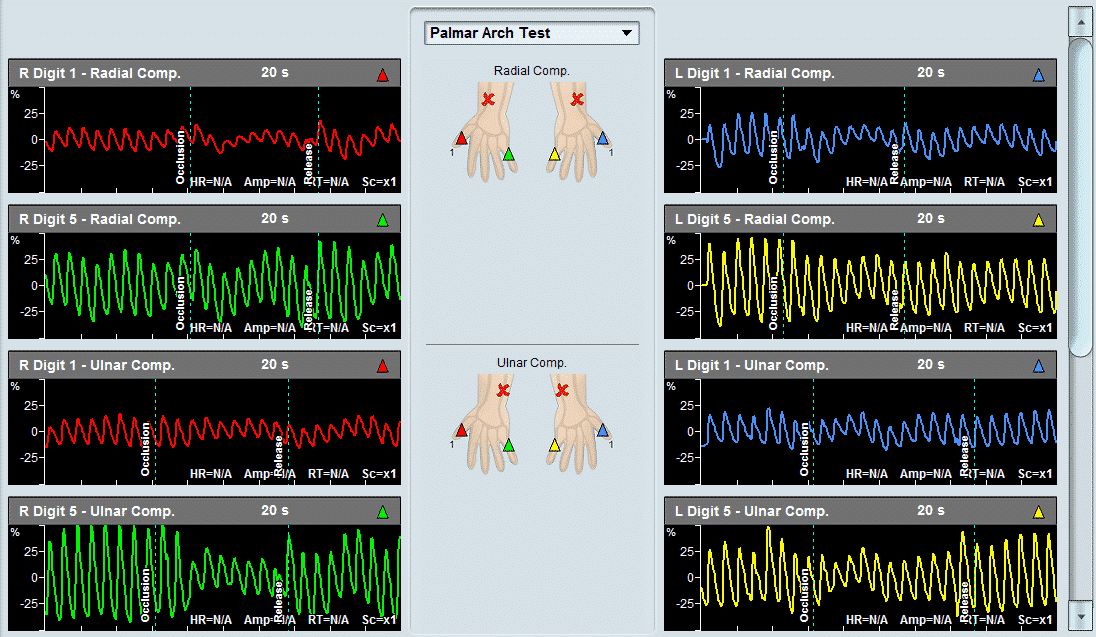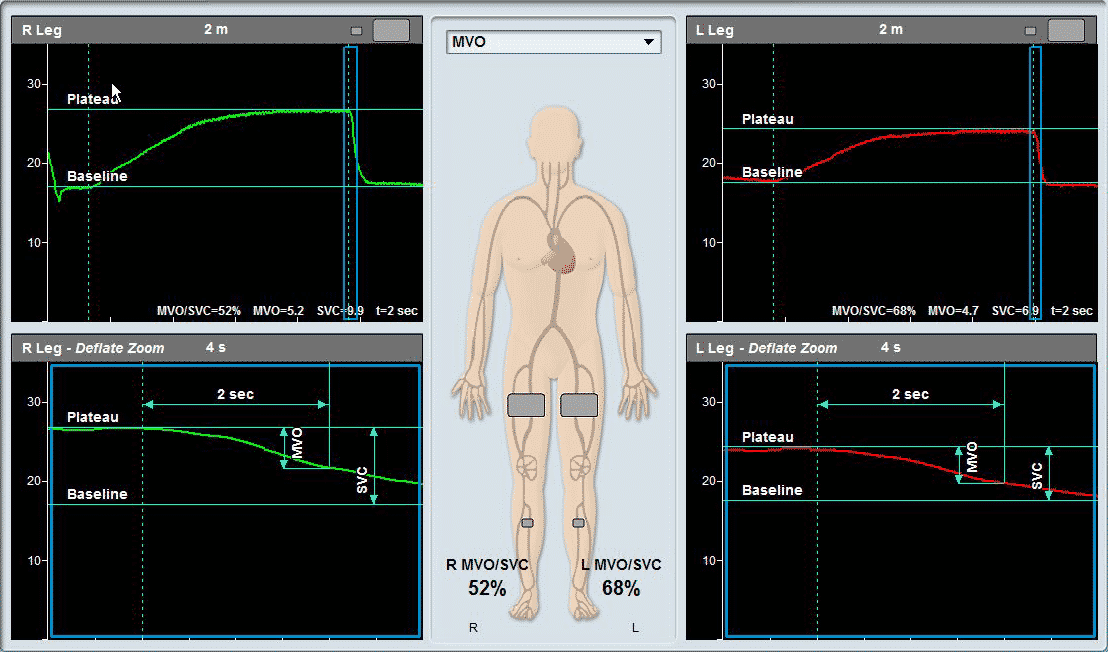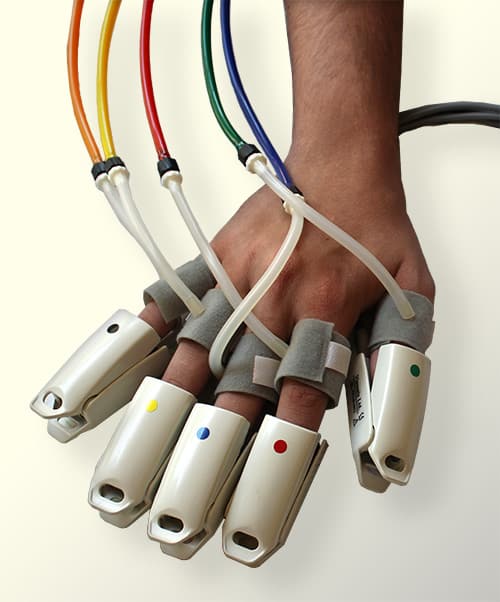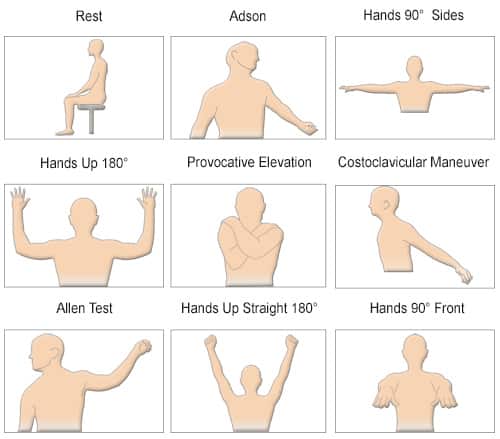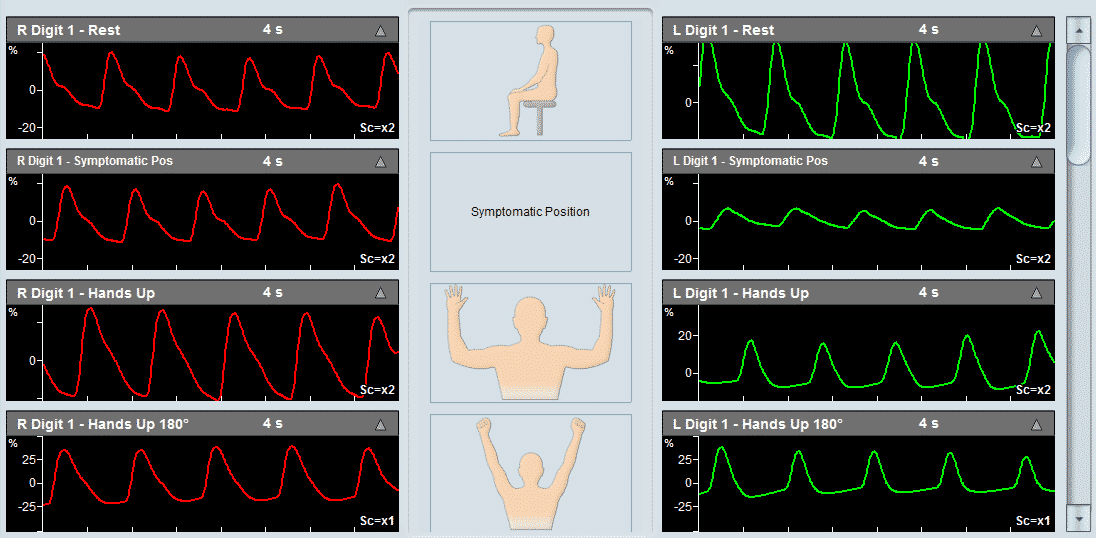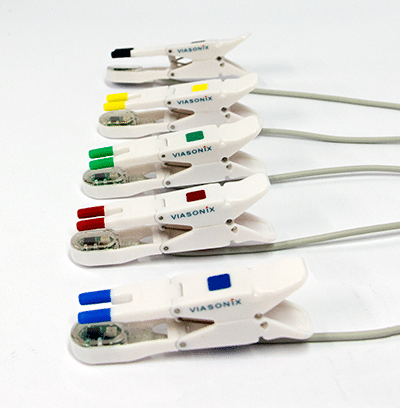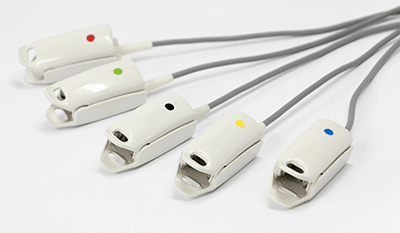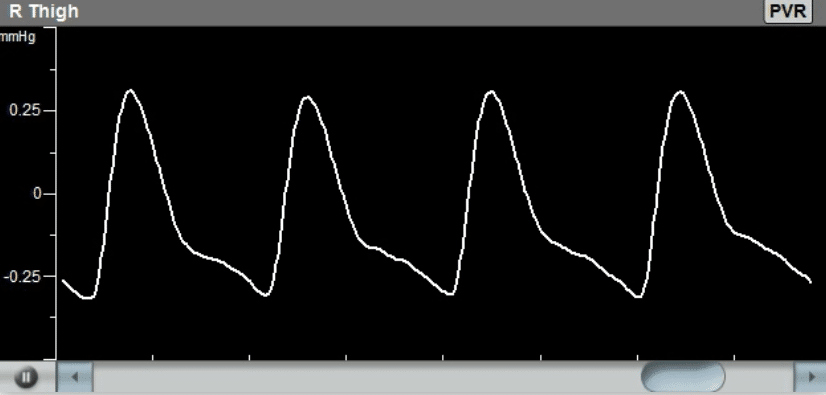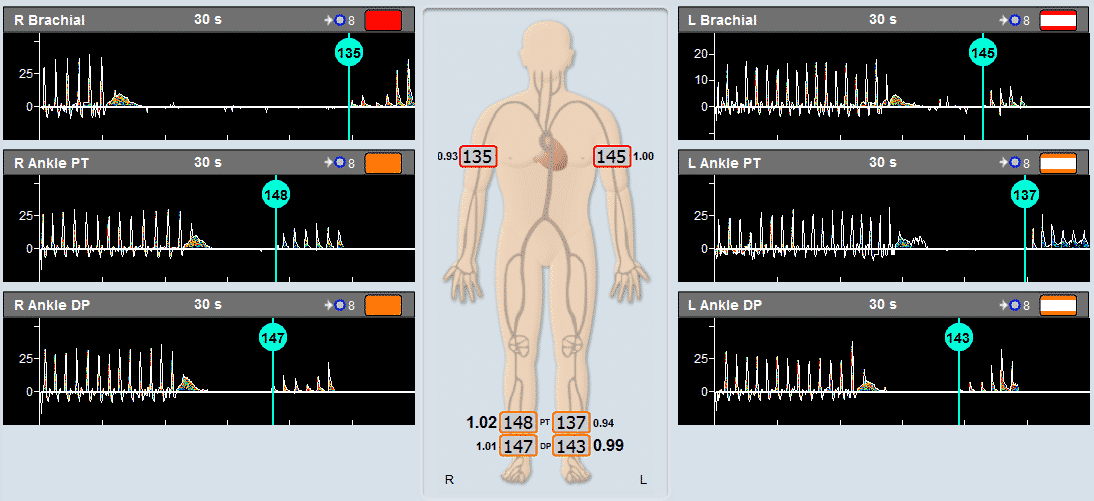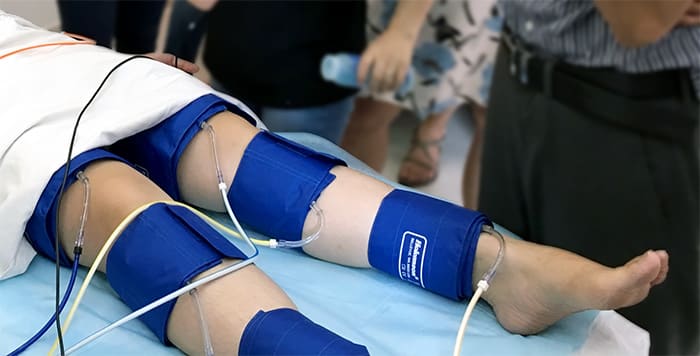Estimates in 20101 put the number of people living with Peripheral Arterial Disease (PAD) at 202 million individuals globally. A study in 20152 estimated this figure to be 236 million individuals, representing a 17 percent increase. The reason for estimating figures has less to do with underreporting of cases and more with underdiagnosis. Peripheral Arterial Disease increases the risk of cardiovascular morbidity and mortality, but many individuals with PAD are asymptomatic and never undergo any form of PAD testing. We do know that diet, smoking, and diabetes significantly increase the risk of developing PAD, but still do not test high-risk individuals for PAD. And the way in which symptoms present in diabetics, some are misdiagnosed with Diabetic Peripheral Neuropathy (DPN).
Advancements in our knowledge and understanding of PAD and the risk factors that contribute to developing Peripheral Arterial Disease, along with advancements in the methods used to test for PAD, should see improvements in the early detection and treatment of Peripheral Arterial Disease. But this itself is influenced by medical facilities having access to accurate PAD testing equipment, and patients also understanding if they are at risk of having or developing PAD and asking about PAD testing.
How to Test for PAD
There are six primary diagnostic tests for PAD that rely on specialised equipment and ranged from non-invasive to invasive. However, depending on risk factors and the presence of other symptoms, medical professionals will usually begin with a simple pulse strength test and a visual examination for skin colour changes on the legs and feet, and check for skin ulcers and slow healing wounds. Based on this, other PAD testing could involve:
- Ankle-brachial index (ABI) test to compare the blood pressure in the ankle and arm. An ABI that is higher or lower than normal will indicate that further tests and examinations are necessary.
- Doppler ultrasound–or Continuous Wave Doppler probes—can be used to create waveform shapes that help assess systolic flow during a cardiac cycle, showing the health of the artery.
- Duplex ultrasound uses high frequency sound waves to look at the speed of blood flow, and structure of the artery. The term “duplex” refers to the fact that two modes of ultrasound are used, Doppler and B-mode. The B-mode transducer obtains an image of the vessel being studied.
- CT angiogram is a test that uses X-rays and iodine-based contrast to provide detailed pictures of the arteries and can show narrowed or blocked areas of a blood vessel.
- Magnetic resonance angiograms use magnetic and radio waves to create an image of blood flow in the arteries. The test is similar to CT angiogram without use of iodine-based contrast.
- Arteriogram is a more specialised test using iodine-based contrast and X-rays with arterial puncture to show where blood flow is restricted. Arteriogram is an invasive test and carries certain risk.
The latter four tests use more specialised equipment and specialised clinicians to carry out but are typically not the first ones performed in PAD testing. Smaller medical facilities without a full radiology department can perform both ABI and Doppler testing for Peripheral Arterial Disease with a single piece of equipment and appropriately skilled professional.
Viasonix’s Falcon/PRO and Falcon/QUAD are supplied throughout Australia and New Zealand by MedTech Edge are the most advanced vascular physiologic diagnostic systems in the market. Standard features of these systems include colour-coded pressure channels, PPG sensors, up to three CW Doppler frequencies, and an integrated skin temperature sensor. This makes it not only suitable for routine examinations and PAD testing using ABI and Doppler measurements, but also for more advanced tests and examinations such as Venous Reflux tests and extracranial examinations. And most tests and examinations can be carried out using different pre-programmed protocols.


These easy-to-use solutions are well-integrated with other systems (such as PACS), they include flexible configuration options, and are suitable for use in medical centres, hospitals’ vascular laboratories, and research facilities. Your facility is not only able to configure all reports, but also export collected statistical data in a number of formats. The Falcon/PRO or Falcon/QUAD are comprehensive vascular diagnostic systems that aren’t limited to only testing for a few conditions in specific locations.
If you are looking to add PAD testing capabilities to your facility or are looking for a more complete vascular diagnostic system to replace your current solution, contact us to learn more about the Falcon/PRO or Falcon/QUAD at your earliest convenience.
1 https://pubmed.ncbi.nlm.nih.gov/23915883/
2 https://www.thelancet.com/journals/langlo/article/PIIS2214-109X(19)30255-4/fulltext

